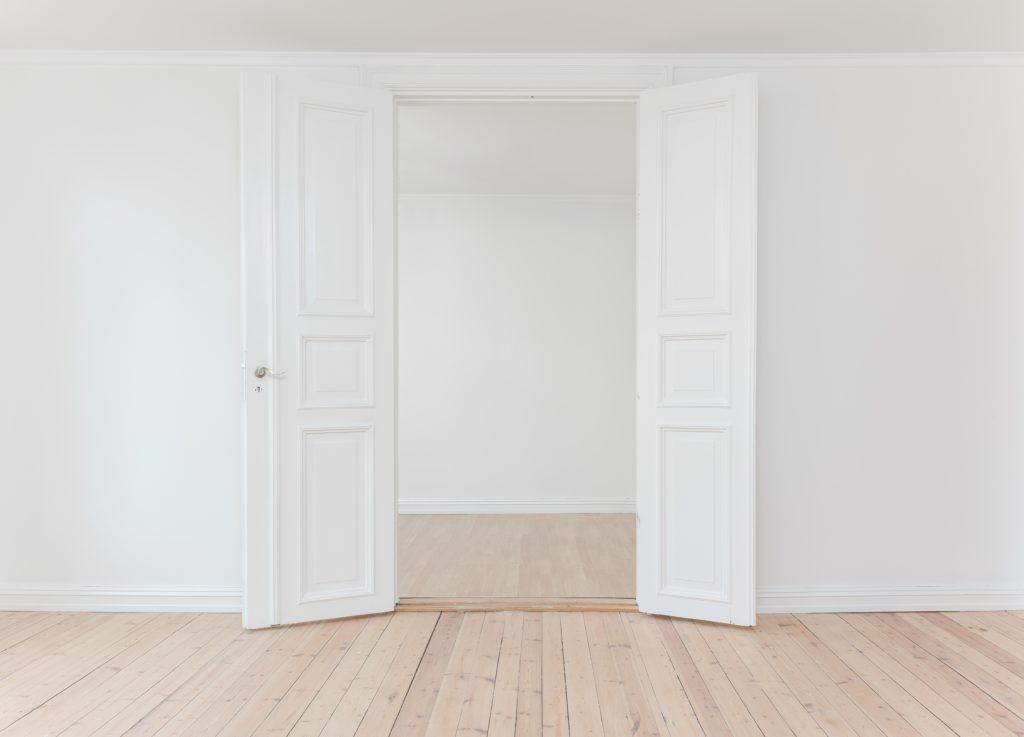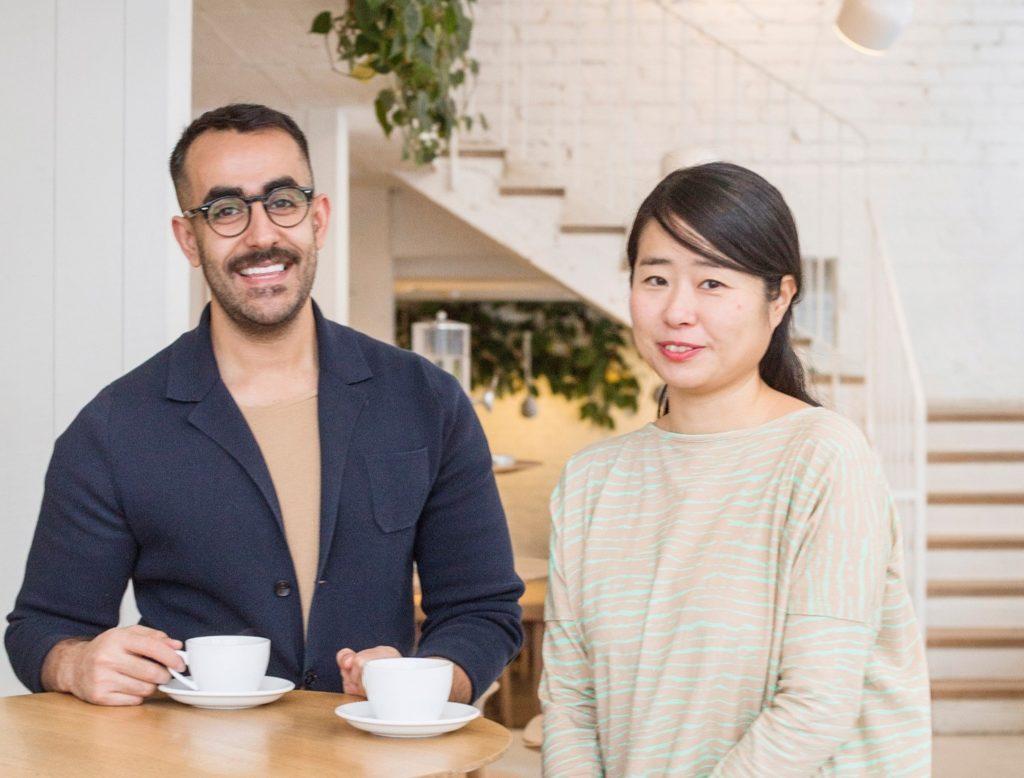A Case for Inclusiveness

The reputation of Finland is great. We are a democracy, we respect human rights, we get inspired by nature and we use everyman’s rights to pick up eatables from the forests. We have one of the best educational system and special benefits like free maternity package under the Finnish social security system. We are at the top of technological innovations and Nordic design. No wonder Finland attracts young people who are considering their career paths as designers.
Increasing study and work related immigration to Finland during the 21st century
81% of the immigrants moving to Finland are eligible to the labour market. Aalto University is gaining international recognition and attracts more and more foreign students. Within ten years also the number of foreign staff members has grown 106%. The Art and Design education in Aalto is ranked 9th in the global QS ranking list.
The everyday reality does not always match the image we have created. Compared to Finnish students the immigrants lack those important lifelong contacts as well as experience of Finnish work environment. As the extreme right groups are gaining visibility on the streets and in media the image of democracy faints. The international atmosphere of Aalto University disappears when you graduate and move on to the labour market.
Contradictory attitudes towards occupational immigration
In Finland, the state authorities want to tempt more foreign labour to Finland, especially top talents. In practice the companies that offer open positions have a strong demand for Finnish language skills and experience on Finnish work life. TE-office offers its digital services with our two official languages: Finnish and Swedish. The English pages lead soon to a dead-end: Vacancies (in Finnish), Labour market training programmes (in Finnish), Työmarkkinatori renews the tools of labour exchange – join us! (in Finnish). Similar office in Sweden called Arbetsförmedlingen offers their e-services in seven languages and the fact sheets in additional eleven language, including the minority language Finnish.
Amongst the design occupations, there are plenty of open positions for Interior architects and Industrial designers. On the contrary there aren’t many, if any positions in textile, clothing, glass and ceramic industry. Those who graduate to these occupations have two choices: to find a job abroad, or to put up your own company that sells design services to the companies here and out of Finland. The design education in Finland does not include any courses in business that makes the starting point challenging for everyone. If you happen to be from out of EU, the Centre for Economic Development, Transport and the Environment office ELY will examine the profitability of your business and your subsistence, to be able to get a new fixed-term residence permit.
Business Finland has tried to ease foreigners Start-Up entrepreneurship in Finland. A new legislation was set up last spring that assigns Business Finland to approve Start-Ups as admissible companies for the purpose of getting residence permits. But design companies don’t naturally fall to this category. Quite the contrary, designers tend to create the company more moderately alongside with growing their merits as designers. Novel entrepreneurs usually design first and then start selling the design which seems to be an operation mode not quite understood by ELY office.

